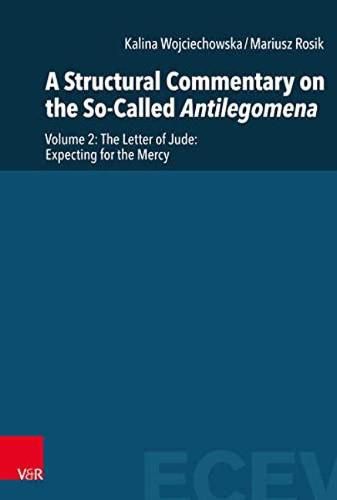Readings Newsletter
Become a Readings Member to make your shopping experience even easier.
Sign in or sign up for free!
You’re not far away from qualifying for FREE standard shipping within Australia
You’ve qualified for FREE standard shipping within Australia
The cart is loading…






Most commentators view the Epistle of Jude as a parenetic text. The commentary Expecting for the Mercy highlights its soteriological and Christological contents. This has been possible by taking a structural approach to the text and showing that its structure is chiastic, with Jude 1415 at its centre a description of the eschatological judgment foretold from the beginning of the world. The judgment is seen primarily as a time to show mercy to the faithful. Knowing this, the believers should also show mercy to the straying. Placing Jude 1415 at the centre of the theological reflection has allowed us to reveal the hermeneutic perspective applied to interpret apocalyptic texts. The narrator interprets this kind of texts from the Christocentric angle, just like all other writings belonging to the Jewish tradition. In addition, he uses typology and the pesher method. The commentary is ecumenical, taking into account both Catholic and Lutheran perspectives.
$9.00 standard shipping within Australia
FREE standard shipping within Australia for orders over $100.00
Express & International shipping calculated at checkout
Most commentators view the Epistle of Jude as a parenetic text. The commentary Expecting for the Mercy highlights its soteriological and Christological contents. This has been possible by taking a structural approach to the text and showing that its structure is chiastic, with Jude 1415 at its centre a description of the eschatological judgment foretold from the beginning of the world. The judgment is seen primarily as a time to show mercy to the faithful. Knowing this, the believers should also show mercy to the straying. Placing Jude 1415 at the centre of the theological reflection has allowed us to reveal the hermeneutic perspective applied to interpret apocalyptic texts. The narrator interprets this kind of texts from the Christocentric angle, just like all other writings belonging to the Jewish tradition. In addition, he uses typology and the pesher method. The commentary is ecumenical, taking into account both Catholic and Lutheran perspectives.